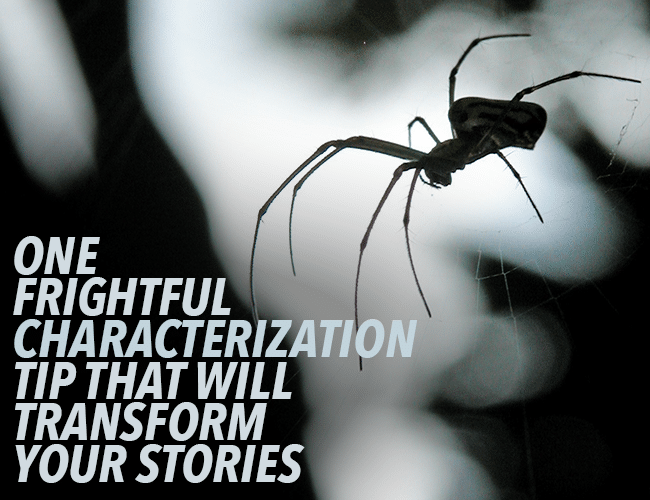
by Ruthanne Reid |
People are complicated. I know, that’s like saying, “Hey, fire is hot!” but when it comes to characterization, this needs to be said. Our tendency as authors is to stick imaginary people into tiny two-dimensional categories, forgetting that no human being fits into tiny two-dimensional categories.
One of the things that makes humans so confounded complicated is we are not logical.
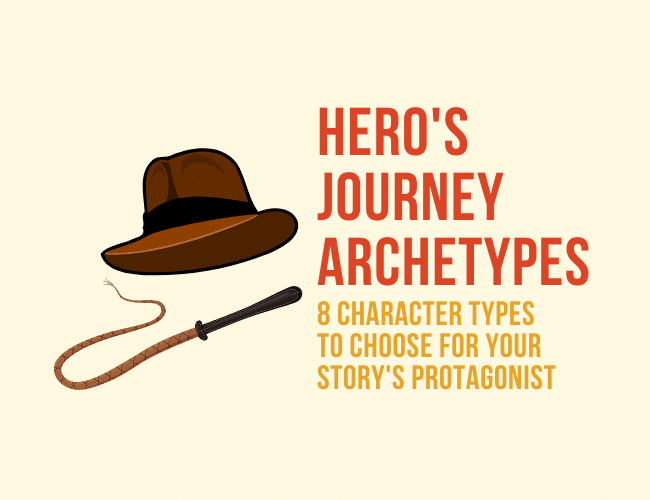
by David Safford |
There are heroes everywhere. A great Hero’s Journey can take place in any genre. But did you know there are eight hero’s journey archetypes that work especially well for a universal protagonist?
Your reader will unconsciously expect your story to have certain characters. If you want your next heroic story to be a success, you’d be wise to plan the entire journey around these key characters. Or at the very least, with them.
Without these hero’s journey archetypes, you might have a story that fails to “work,” and this will leave the reader dissatisfied and confused.
To avoid this, let’s go over who these character archetypes are, and why they will push your hero on their journey.
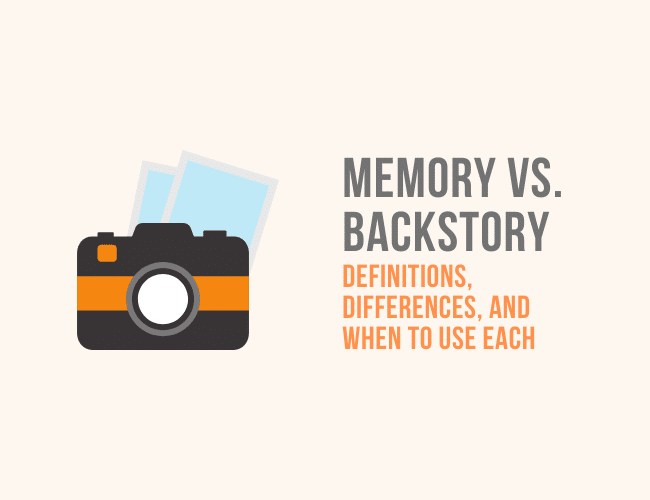
by J. D. Edwin |
The choices your characters make within your story are shaped by their past, which means sometimes, you’ll need to communicate to your reader events that happened before your story began. Not sure how? Try memory or backstory to share the past in the present.
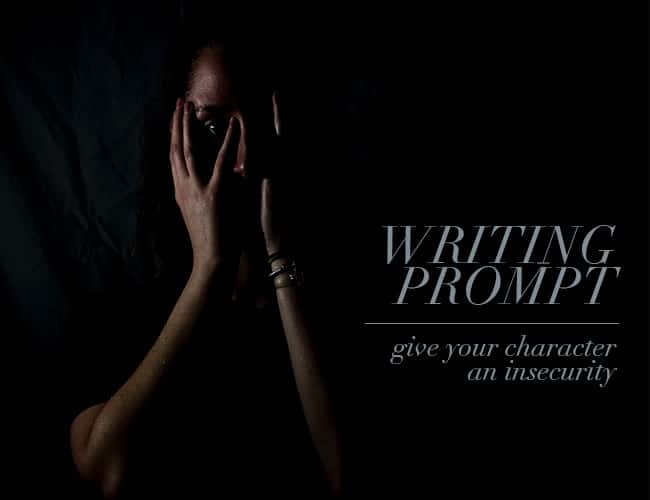
by Sue Weems |
Last week, I overheard a conversation at a neighboring table where a woman said, “He’s always trying to prove himself. It makes him look less competent than he is.” I didn’t know the parties involved, but I grabbed a napkin and jotted it down. When I added it to my notebook, I realized characters with something to prove often undermine their own success. And those insecurities make for an amazing writing prompt.
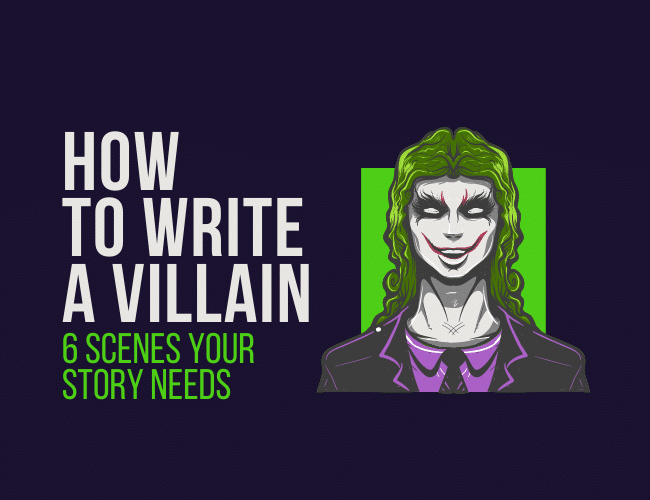
by Jeff Elkins |
Without the White Witch, Aslan is just a recluse lion. Without Moriarty, Sherlock is just a know-it-all in a weird hat. Without the Joker, Batman is just a rich dude with anger issues and too much time on his hands.
Our villains make our heroes. Without them, our heroes can’t shine. That’s why it’s important to give our villains scenes where they can wow us with their quirks and scare us with their ferocity.
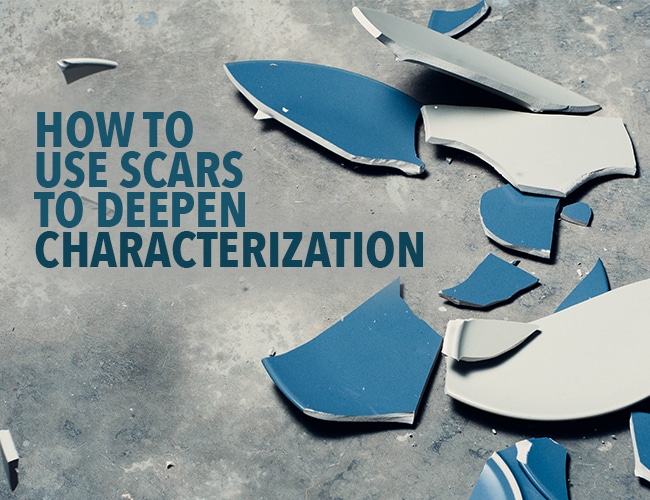
by Sue Weems |
Sometimes I have students who say they don’t like to write. I suggest that perhaps they haven’t found a subject or story worth writing yet. Then I ask them if they have any scars.
Inevitably, the stories pour out of them, and they point to their arms, their foreheads, and their legs revealing skateboarding mishaps, fights, and sometimes deeper trauma.
Scars often hold an entire world of story. We wanted something and the pursuit of it left a mark.
Giving a character a scar can be a cliché or it can be a fast-track to deeper character development. When you’re creating characters with scars, execution is key.





